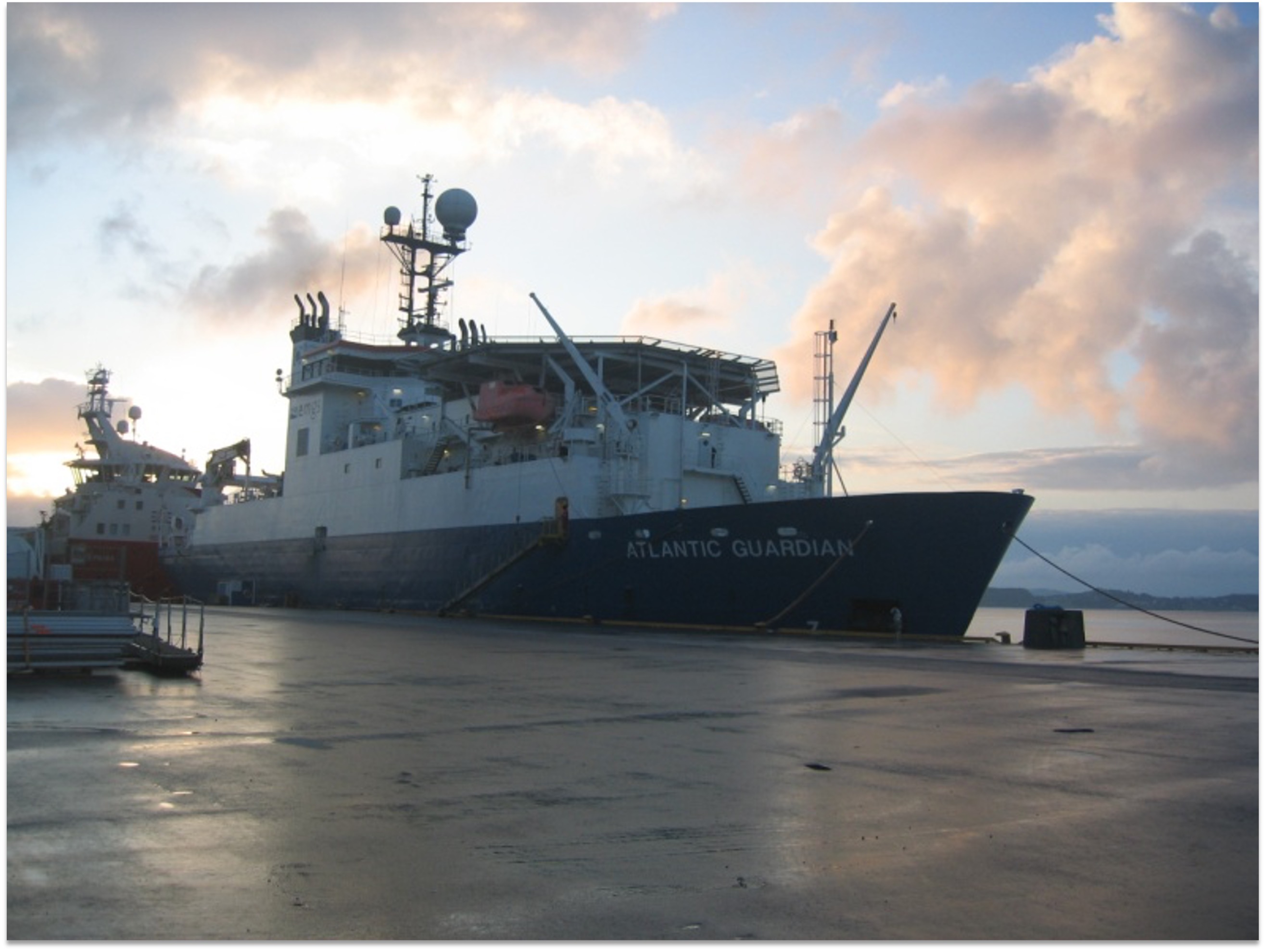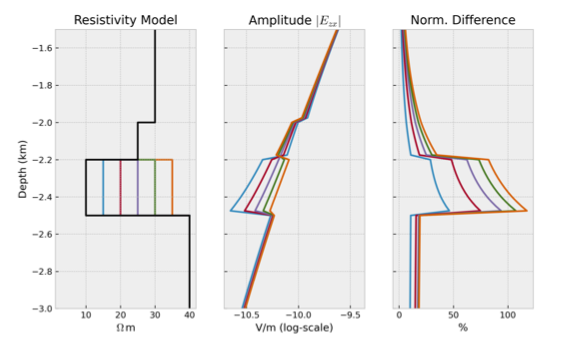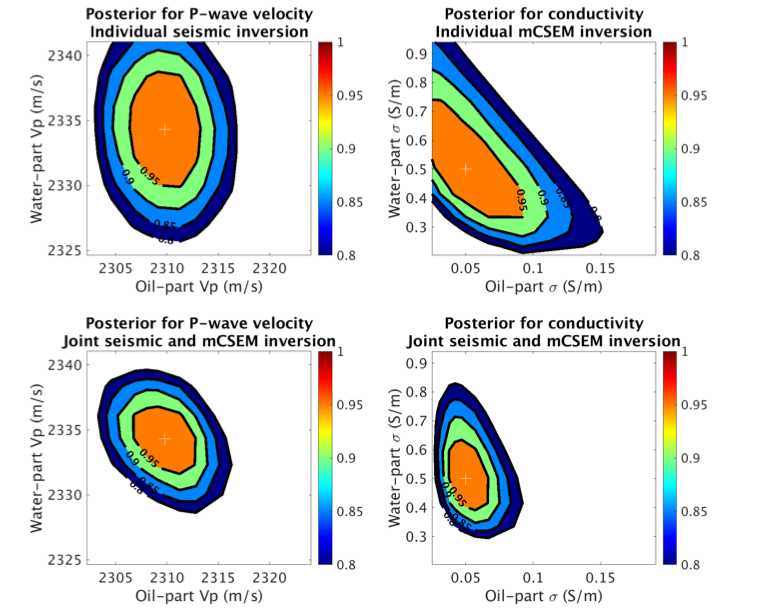Modelling and inversion of CSEM
[C24H24]
Effective production of geothermal energy, and safe storage of CO2, natural gas or hydrogen, require an accurate knowledge of the behaviour of fluids (gas, water) in the permeable rocks of the subsurface. Various geophysical methods can contribute to the monitoring of these fluids. Combining independent sources of geophysical information can reduce the range of uncertainties in a geophysical inverse problem in a cost-effective manner. Due to its complimentary nature, marine Controlled-Source Electromagnetic (mCSEM) data seems an ideal candidate. Inversion of geophysical is typically an underdetermined problem, and this is even more so when we are considering time-lapse data necessary for monitoring. By making use of data-assimilation methods, as they are also being used in history matching, we have the option to combine prior physical knowledge with observations in a probabilistically robust manner. In this project, we explore the use of these methods for monitoring fluids in applications for geothermal energy and gas storage.
D.J. Verschuur, TU Delft
StaffFaculty of Applied Sciences





